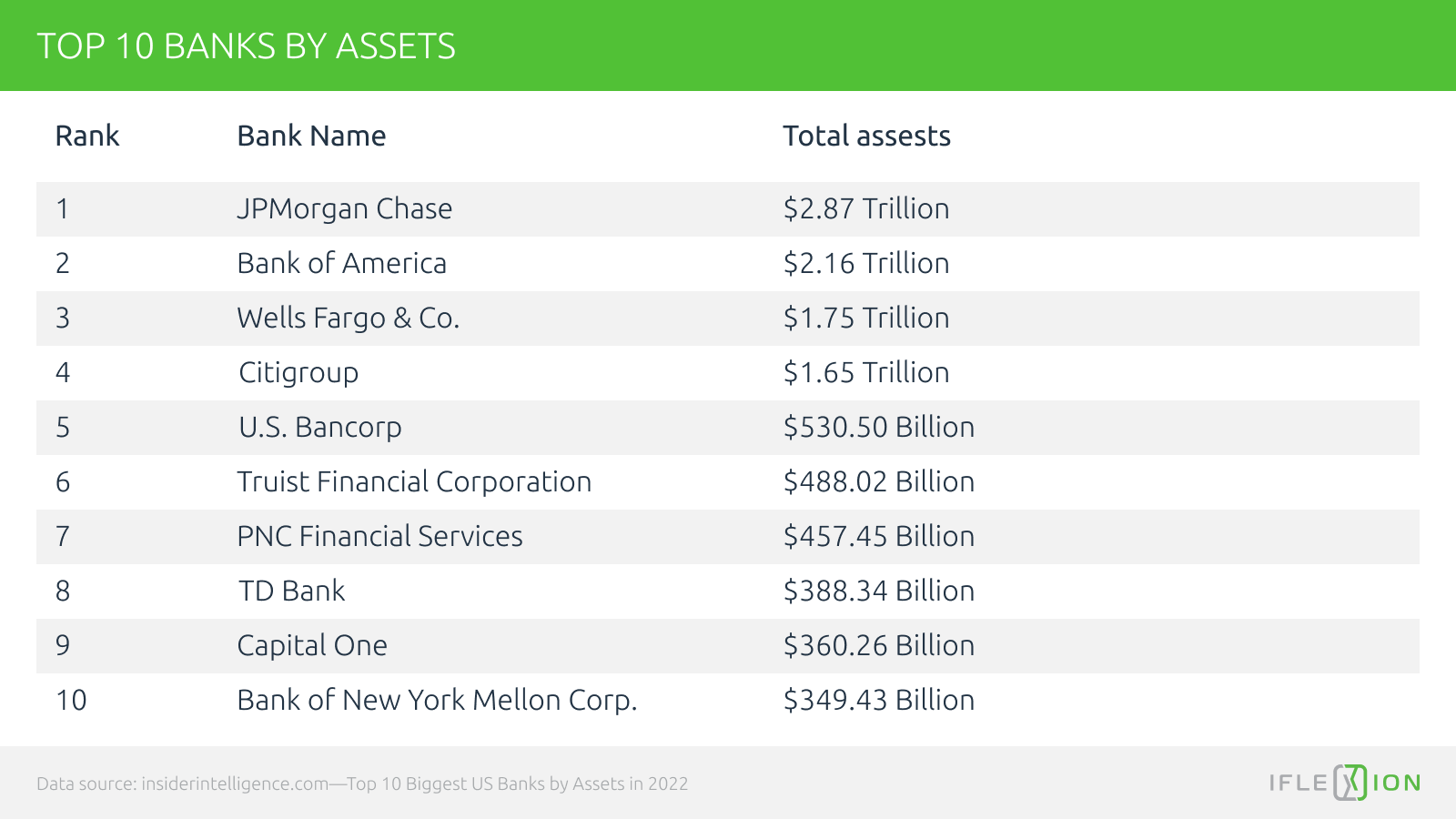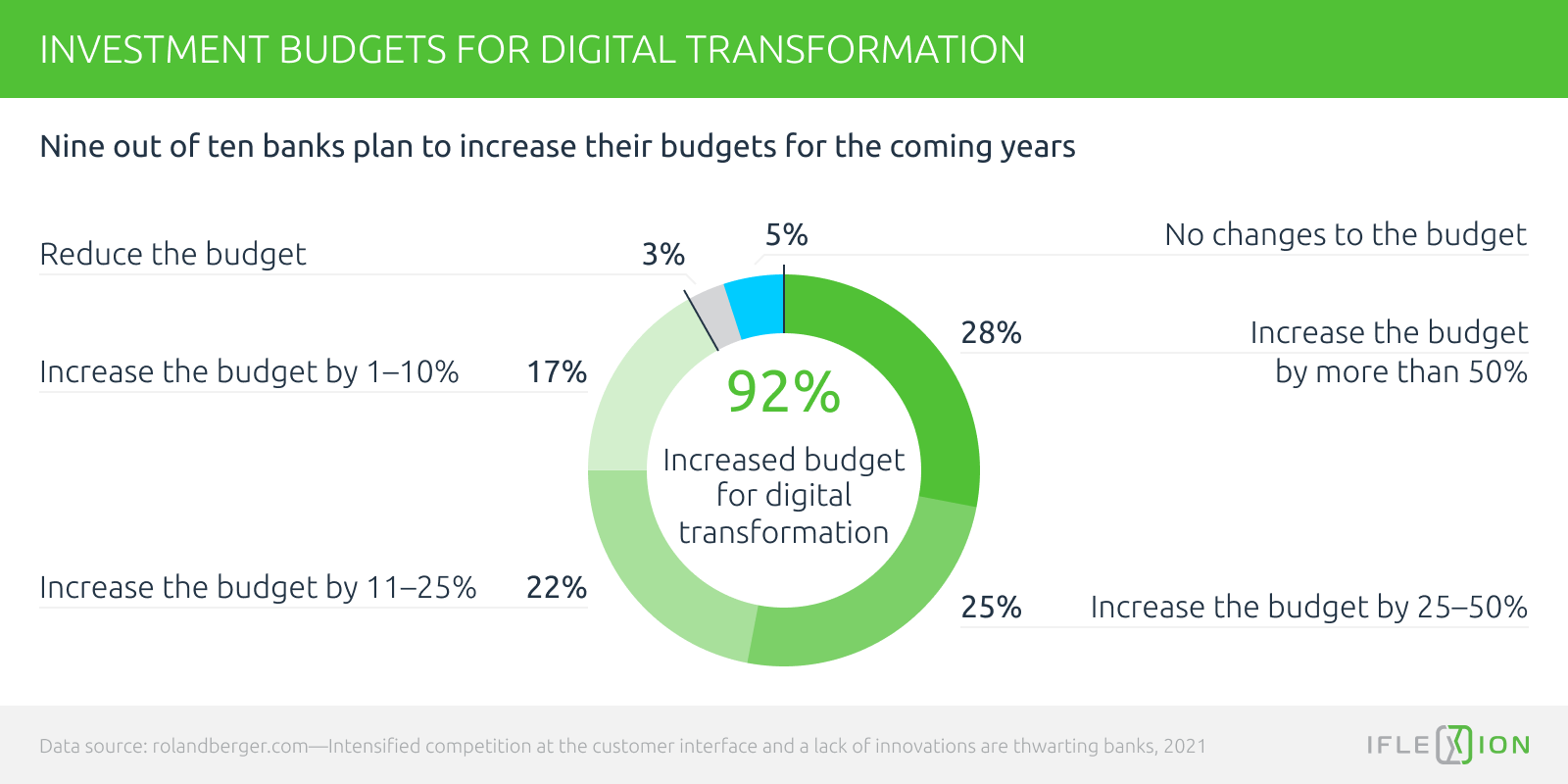A general bank (one that offers both corporate and retail services) needs a huge workforce for many areas of the business that are not customer-facing. Like in all businesses that have many bases to cover, some of this work is managed competently while some business units just scrape by, as no company can be excellent in everything it does.
Normally, if a product, service, or business unit is struggling, the parent company will discontinue its efforts in that area, if they can. Banks are not so fortunate, because they have onerous administrative work that they cannot dispose of. Most of this work is in the governance, risk, and compliance areas (GRC). While some banks have no problems with compliance, most banks are less than competent in risk management, which may result in heavy fines. According to Fenegro, enforcement actions against financial institutions totaled $5.4 billion in 2021.
Enter the fintech category that fixes all that: RegTech. These are companies that focus on risk and threat detection and report to the necessary authorities on disciplines ranging from Sarbanes-Oxley to Basel III. These fintechs offer a huge opportunity for banks to unbundle much of their GRC infrastructure and outsource it to these specialist companies.
RegTech is a growing trend, and will probably be the norm in a decade or so (if there will be still any banks around). ClauseMatch, Privitar, and ComplyAdvantage are among the leaders of the pack, with investment and usage by leading banks such as Barclays, HSBC, and RailsBank. Related services, such as cyber security and identity management, are also classed as RegTechs.


